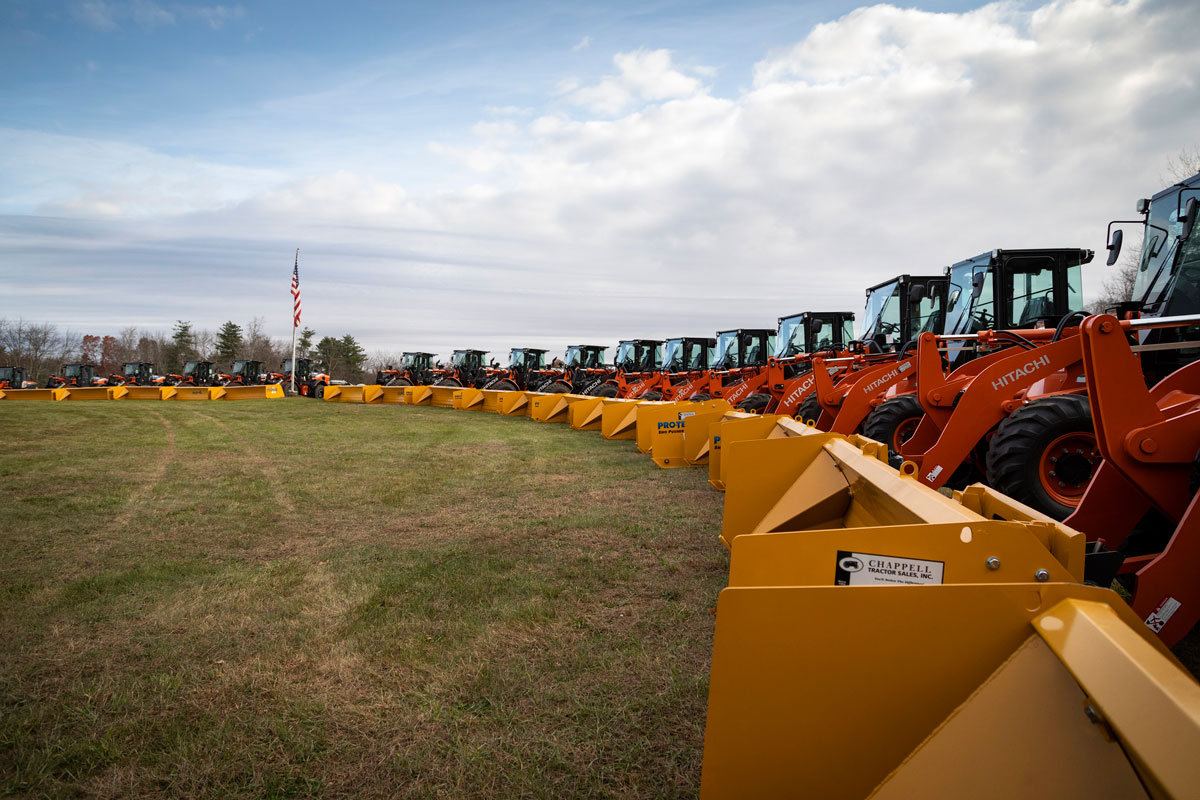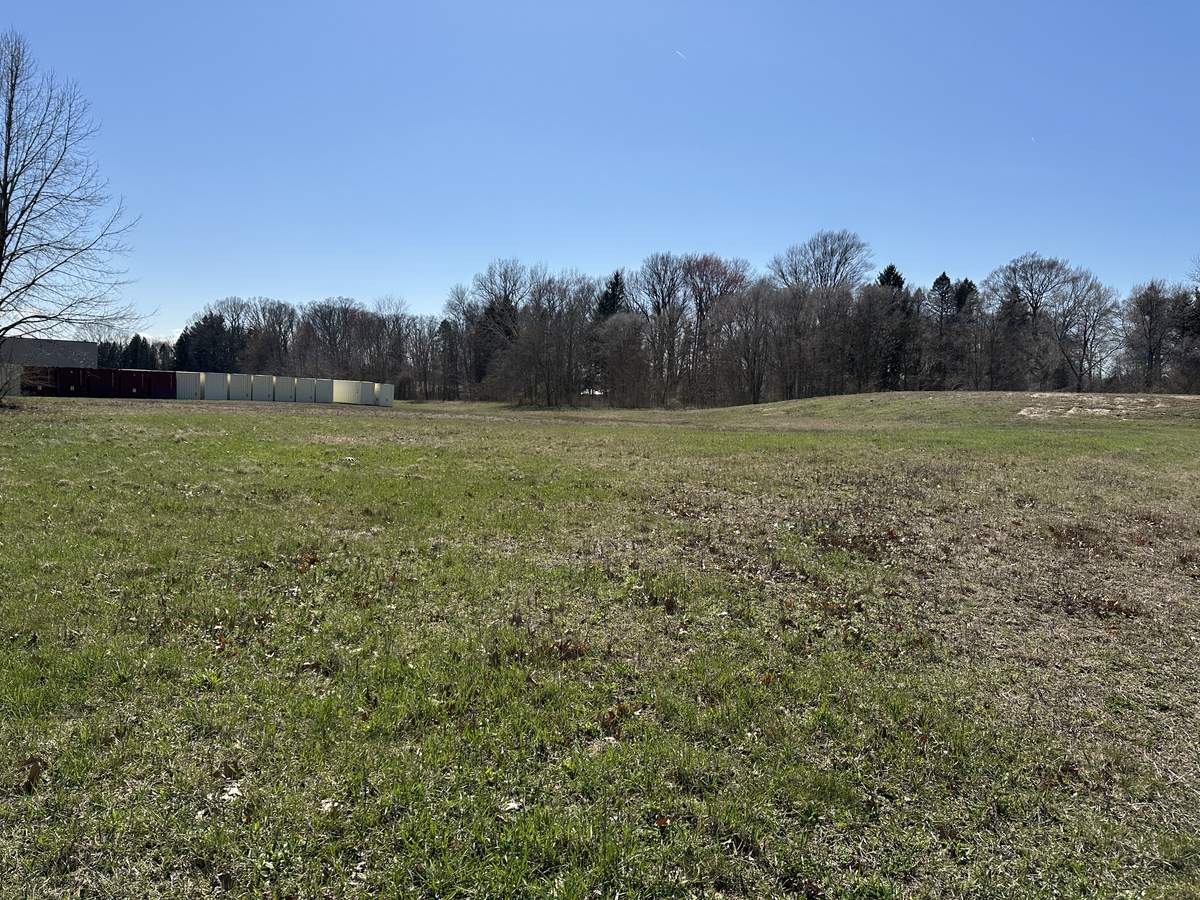Strong Forecast for Equipment Rental — Construction Segment Continues to Grow
The latest forecast from the American Rental Association (ARA) sees a positive outlook for the U.S. equipment rental industry — including the segment that serves construction contractors across the country. Released by ARA in late January, the five-year forecast for equipment rental revenues shows a moderate strengthening compared to the November forecast for the industry. The overall forecast encompasses the construction/industrial, general tool/homeowner and party/special event segments. ARA now projects total U.S. equipment rental revenue to reach $48.9 billion in 2017, and then grow at an average annual rate of 4.3 percent over the forecast to top $56 billion in 2020.
“We continue to see strength in key economic data that drive our rental revenue estimates,” said John McClelland, ARA vice president for government affairs and chief economist. “The economy continues to gain strength, and the promise of tax reform, reductions in regulations, a more accommodative energy policy and additional infrastructure will only add to that strength. The big question continues to be how fast these changes will occur and go into effect.”
Construction Outlook Sees Uptick
The positive outlook includes improvement in the forecast for the construction/industrial segment. Construction and industrial equipment rental revenue is projected to grow by 3.7 percent this year, 4.2 percent in 2018, 5 percent in 2019 and 4.2 percent in 2020. Revenues for the general tool segment are expected to grow even faster during the later years of the forecast due to the continued improvement in the U.S. housing market, McClelland said. Increases are now projected at 2.9 percent in 2017, 5.1 percent in 2018, 5.3 percent in 2019 and 6.6 percent in 2020.
Quarterly updates in 2016 previously showed positive expectations but included a very gradual slowing in the expected growth of rental revenues over the year, according to figures compiled by IHS Markit, the respected economic forecasting firm that compiles data for the ARA Rental Market Monitor. The first new quarterly forecast for the ARA Rental Market Monitor in 2017, however, reversed the trend with an expected gradual increase compared to last quarter’s forecast.
“The economy definitely hit a soft patch toward the middle of 2016 that somewhat lowered our expectations for growth in the economy as a whole as well as rental revenues,” said Scott Hazelton, managing director of IHS Markit. “We are now seeing a reversal in that growth trend suggesting a return to positive changes in our outlook for rental.”
Rental Penetration Index Breaks Even
ARA’s Rental Penetration Index measures the amount of construction equipment that is sold into the rental channel as a percentage of total construction equipment manufactured. IHS Markit recently estimated the Rental Penetration Index for 2016, and the index fell by only 10 basis points from 52.9 percent to 52.8 percent.
“The continued redeployment of equipment from oil and gas projects in early 2016, coupled with the expansion in 2016 construction spending and employment, meant that contractors were expanding their fleets at a slightly higher rate than rental companies were expanding their fleets,” Hazelton said. “The 10 basis point change in the Rental Penetration Index really indicates that rental companies in the construction and industrial equipment space are holding their own against increasing equipment acquisitions by contractor fleets even in the face of some headwinds in early 2016.”
The forecast of a 3.9 percent increase in construction and industrial equipment investment this year compared to 2016 is much stronger than the 2.1 percent investment growth from 2015. “That suggests that the growth in rental fleets will continue to increase,” Hazelton said.
Spending Question Remains
McClelland said residential construction, nonresidential construction and consumer spending are the primary drivers of growth in the rental segment. Early initiatives of the new presidential administration — such as increased infrastructure investment and a more business-friendly tax and regulatory climate — will likely not affect 2017 but improve the rental outlook for 2018 and beyond, he added.
“The big question is how much additional spending is forthcoming under the new administration of President Trump,” McClelland said. ”Our current view is that increasing infrastructure spending is more likely to affect the out years of our forecast.”

The rental store you ultimately choose should feel like an extension of your company.
Five Steps for Selecting a Rental Store
Choosing a rental store partnership is an important business decision for any contractor, and there are many factors to consider. The American Rental Association (ARA) recommends taking five steps to ensure a successful selection. When you’re looking to establish a strong working relationship with a rental partner, ARA advises that you:
- Search for rental stores in the area where the majority of your work is being done. A rental store locator is available on ARA’s rentalhq.com website. Enter the type of equipment you need and where you need it to get a list of local ARA-member rental companies that can meet your needs.
- Talk to other contractors in the area. Ask others for references and about their experience working with a particular rental store. You want to do business with a company that has a good reputation among your peers.
- Ask the rental staff about the store’s equipment fleet. Does it match your needs? If they don’t have something, can they get it? How often is equipment replaced in the fleet?
- Determine if the rental store is able to provide service when and where you need it. Since many jobs require contractors to work off hours, you need assurance that your rental partner can get you what you need even if it’s late at night.
- Review the store’s rental contract. It should be straightforward with terms that you understand and meet your needs.
A strong rental relationship will allow store personnel to understand your unique business needs and how and where they can help. Your rental partner can help you with operator training, equipment safety and selecting the right equipment for a particular job. Also, working consistently with a store allows you to become more familiar with the equipment, which will increase your productivity.
The American Rental Association is the international nonprofit trade association for equipment rental businesses and manufacturers and suppliers of rental equipment.
Learn more about the ARA right here. What? You don’t like learning?





Comments are closed here.